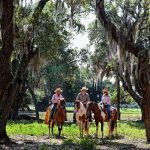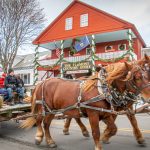Meet the Cutest Baby in New England
A rare Matschie’s tree-kangaroo baby is captivating Roger Williams Park Zoo visitors… even though booping her little pink nose is not an option.
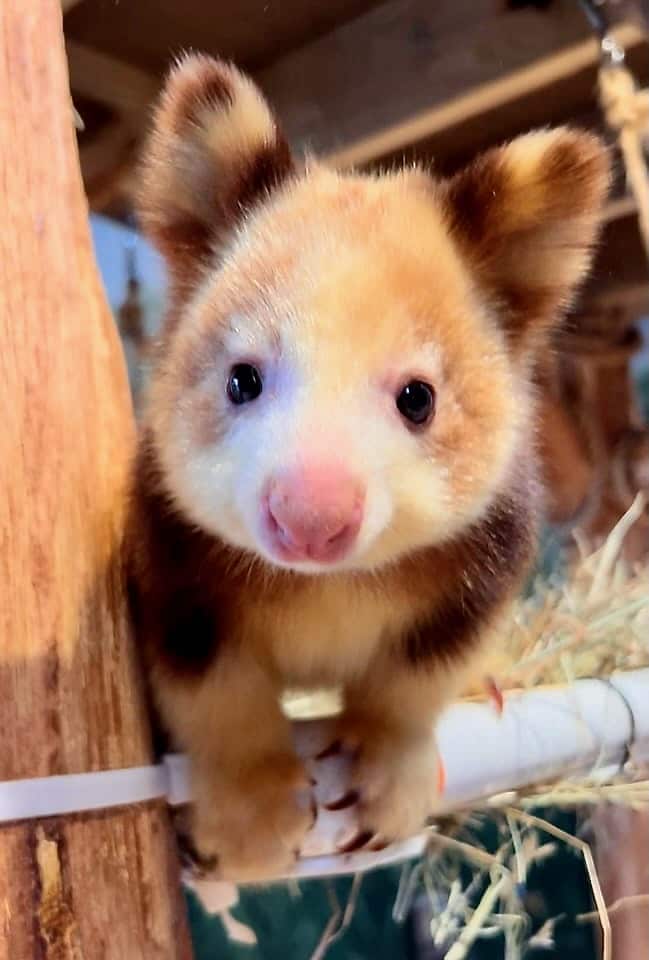
Coffee By Design | Portland, Maine
Photo Credit : Katherine KeenanYour baby or your baby’s baby or your friend’s or neighbor’s baby is cute, for sure. But hands down, the most adorable little one in New England at the moment is Paia: a Matschie’s tree-kangaroo born at the Roger Williams Park Zoo in Providence. In the wild, these endangered animals are found only in the mountainous cloud forests of the Huon Peninsula in northeastern Papua New Guinea. Hunting and habitat eradication from logging and mining have taken a grave toll, and there are estimated to be fewer than 2,500 adults of the species left on earth.
That makes Paia’s birth even more cause for celebration. Like their distant cousins in Australia, Matschie’s tree-kangaroos are marsupials, so Paia spent her first seven months in her mother Keweng’s pouch. Now, though, she’s growing up fast, trying new foods, and still taking the occasional pouch nap.
We checked in with the zoo’s director of marketing and PR, Vicki Scharfberg, for answers to our burning questions about baby tree-kangaroo Paia:
Q: When was Paia born, and can you tell us the PG-rated version of how she was conceived?
A: When Paia was born on June 27, 2022, she was the size of a lima bean and crawled blindly into mother Keweng’s pouch, where she continued to grow and nurse. Tree-kangaroos are marsupials, so a majority of their physical development occurs in the mother’s pouch. Tree-kangaroos are also mostly solitary, but mother/offspring pairs will form a strong bond until the offspring is old enough to take care of itself.
Morobe, Keweng’s male companion, was recommended by the tree-kangaroo Species Survival Plan (SSP). This pairing, and the birth of our little Paia, plays a significant role for the future of this endangered species. The zoo actively participates in the tree-kangaroo SSP, which focuses on breeding to ensure the survival of this endangered species.
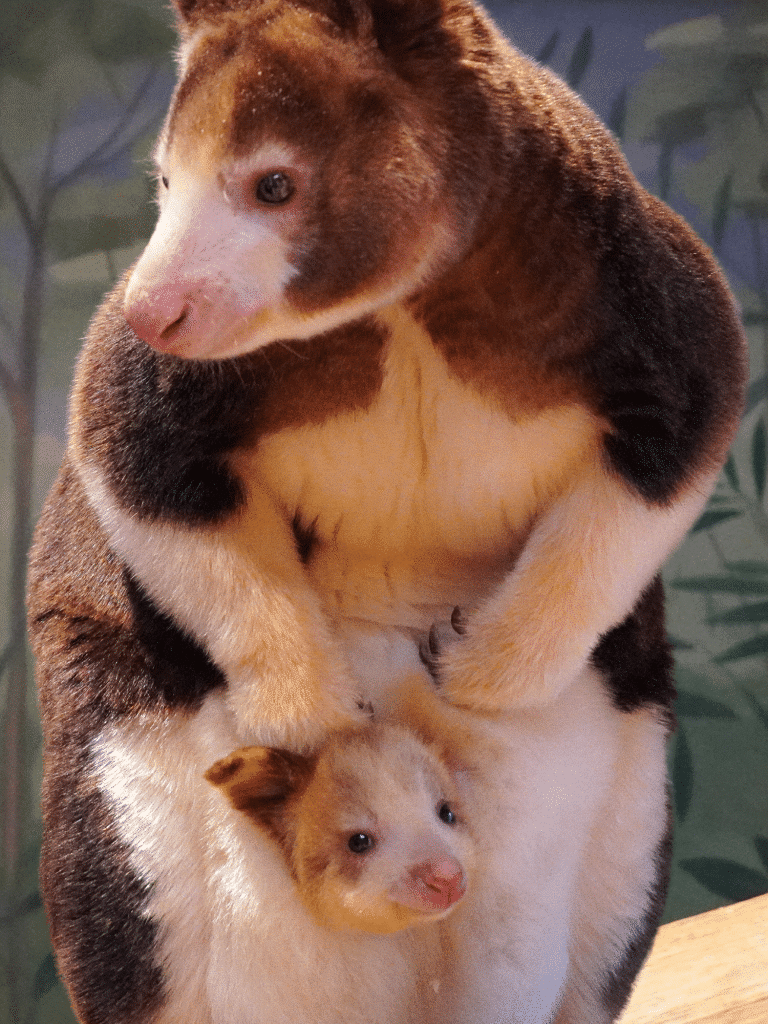
Photo Credit : Roger Williams Park Zoo
Q: How was her name chosen, and what does it mean?
A: Paia, which means fire, was named after her mom’s feisty personality.
Q: Just how rare is a baby Matschie’s tree-kangaroo?
A: Matschie’s tree-kangaroos are an endangered species with an estimated wild population of less than 2,500 individuals (IUCN). Habitat destruction caused by logging and mining exploration is a danger to tree-kangaroo populations. Tree-kangaroos play an important role in the culture and diet of the indigenous people, and unsustainable hunting practices threaten the survival of tree-kangaroos.
Q: How quickly will she grow… i.e., how much longer will she be an adorable baby?
A: Tree-kangaroos are considered full-grown at about 18 months old.
Q: What is the best time of day when zoo visitors might see her active?
A: This species is most active in the morning, when they receive their breakfast, and around noon, when they receive their lunch. Though we cannot guarantee that guests will see Paia and mom Keweng, they are usually most visible on Thursdays, Saturdays, and Sundays.
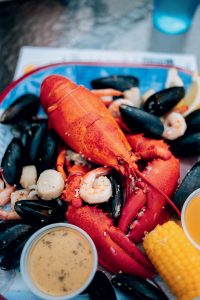
Photo Credit : Cait Bourgault
Q: Are there any unique things you’ve observed about her or her bond with her mother?
A: Keweng is a first-time mom. She and her daughter Paia have a strong bond, and Keweng has been carefully tending to her little one.
Q: Any tips for visitors who want to snap a photo of this sweet baby?
A: Weekends tend to be the best days to visit and catch a glimpse of mom and baby. Stop by their habitat in the zoo’s World of Adaptations building first thing when the gates open, and you may see them munching on their breakfast full of fresh veggies and leaves. But it’s really up to them, not us!
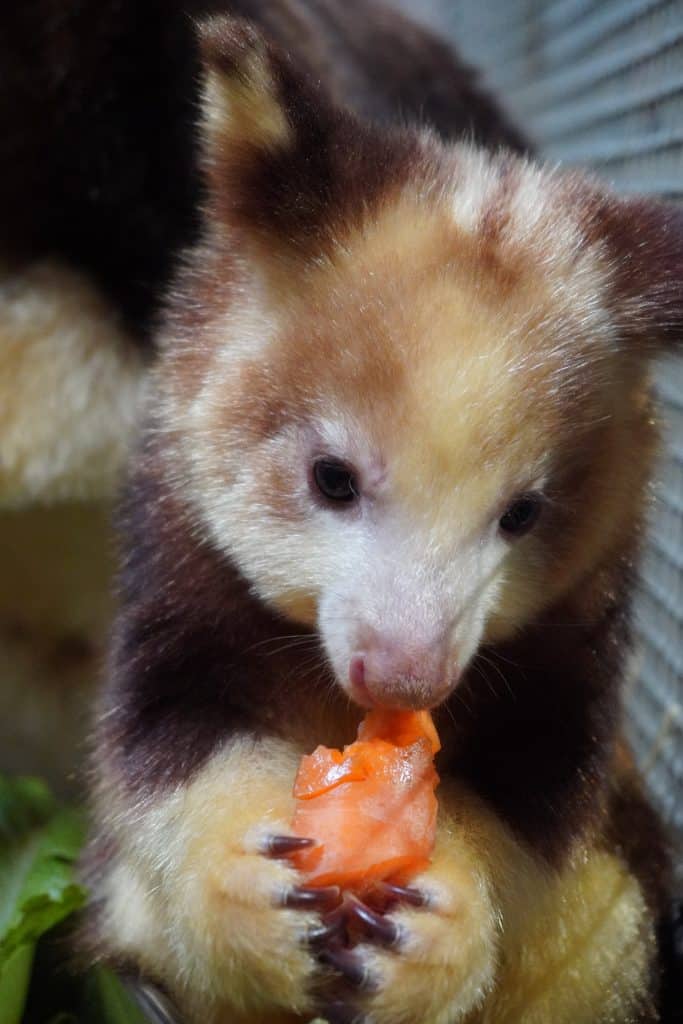
Photo Credit : Roger Williams Park Zoo





